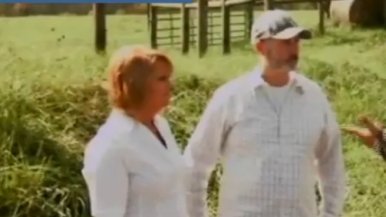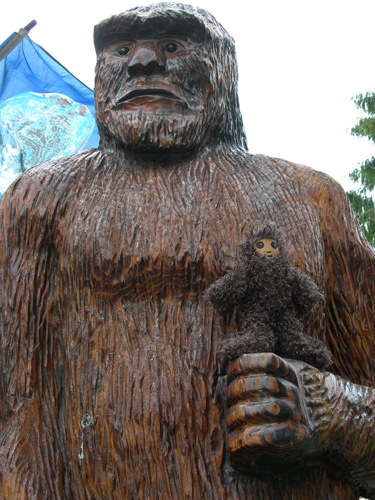Loopi
The Bearded One
- Messages
- 909
I'm with you, Blast. They probably found it easier to dismiss it and lie. Rather than tell us the truth.
 Animal Planet
Animal PlanetDamn news media...can't believe a thing you see or read these days!I believe that photo they showed was Debunked as a Bird flying infront of the camera, and the hair was inconclusive.

I can truly say that even if it was proved 100% with-out-a-doubt no one would believe it, the only way people will believe is when one is caught or when the body of one is found,
 Map tracks reported Bigfoot sightings
Map tracks reported Bigfoot sightings